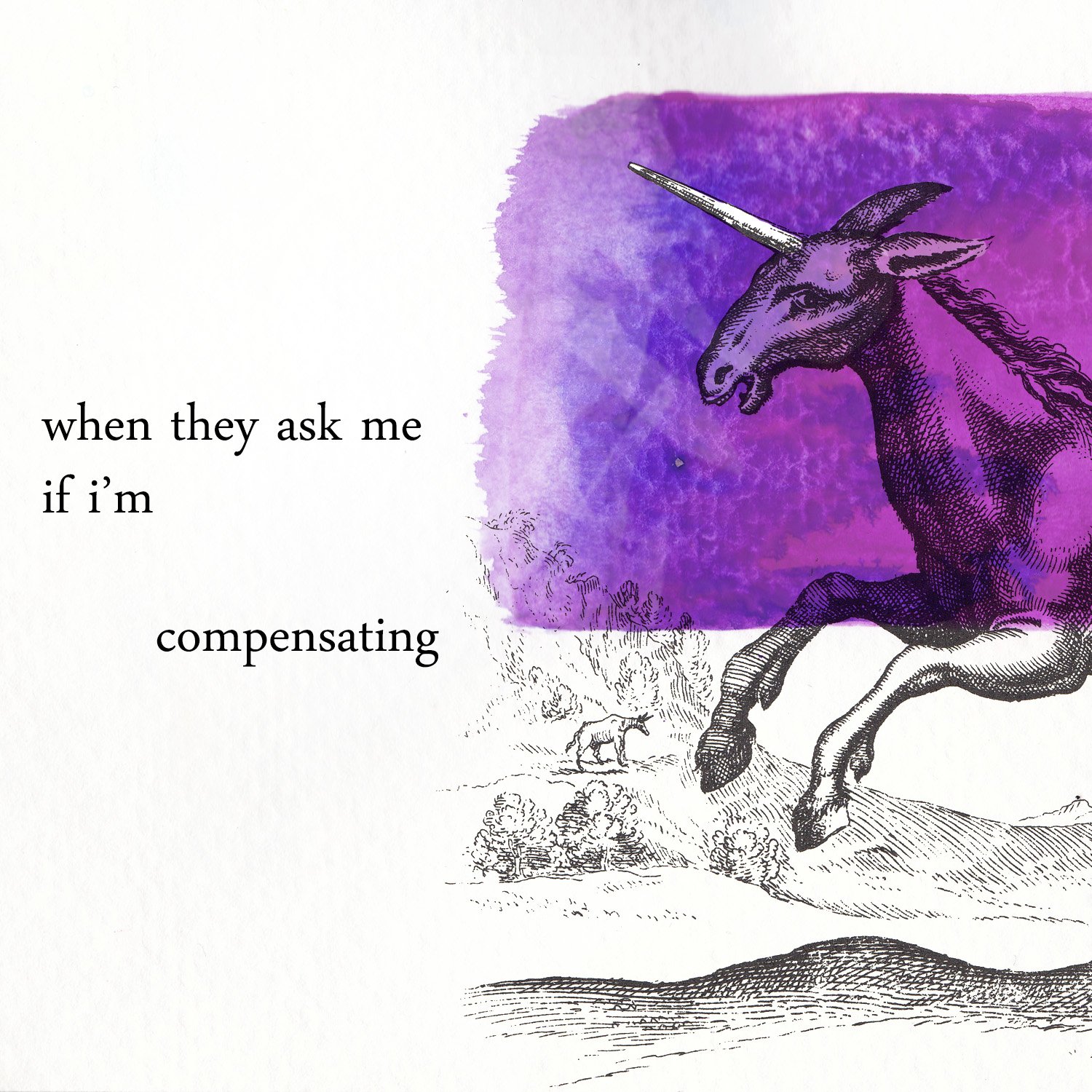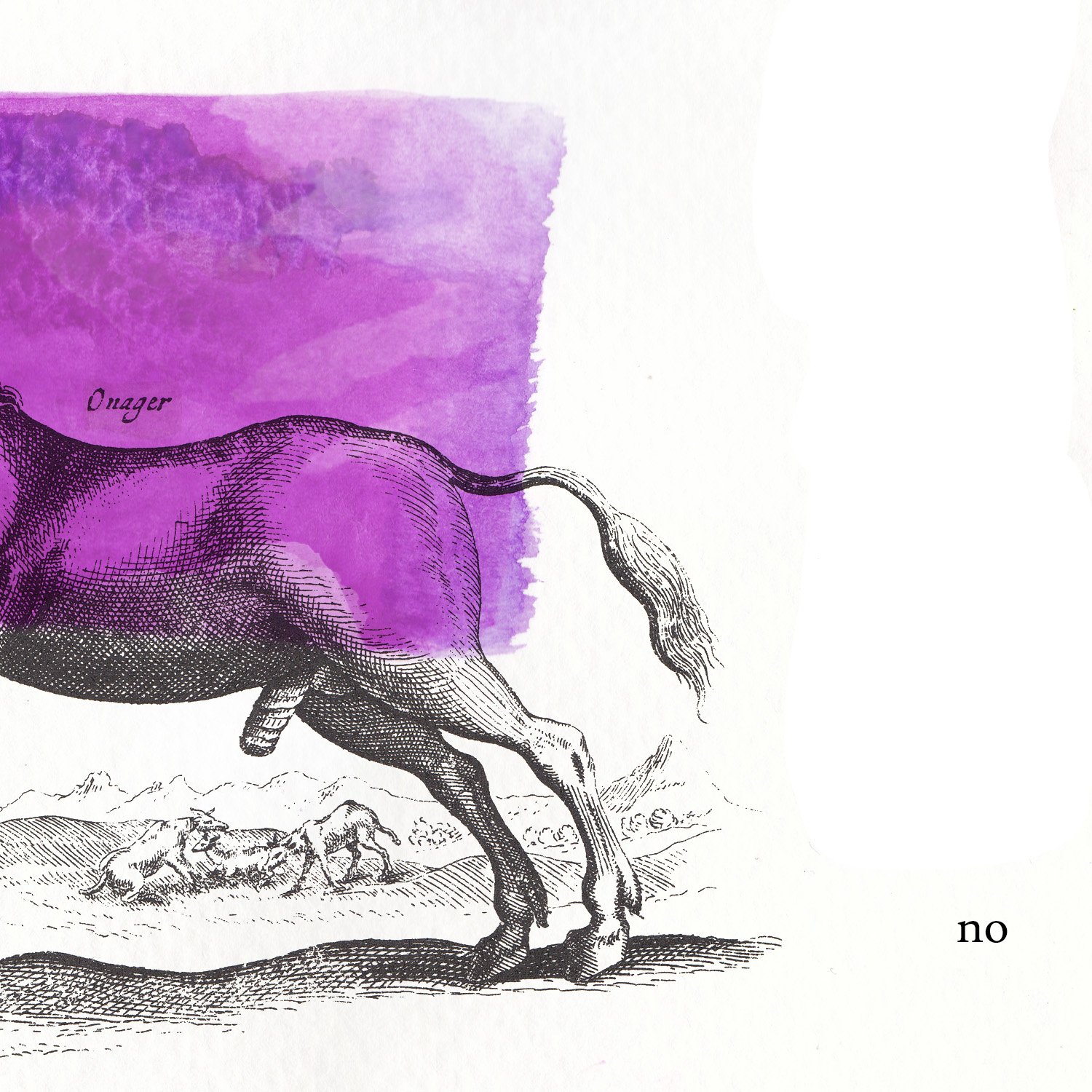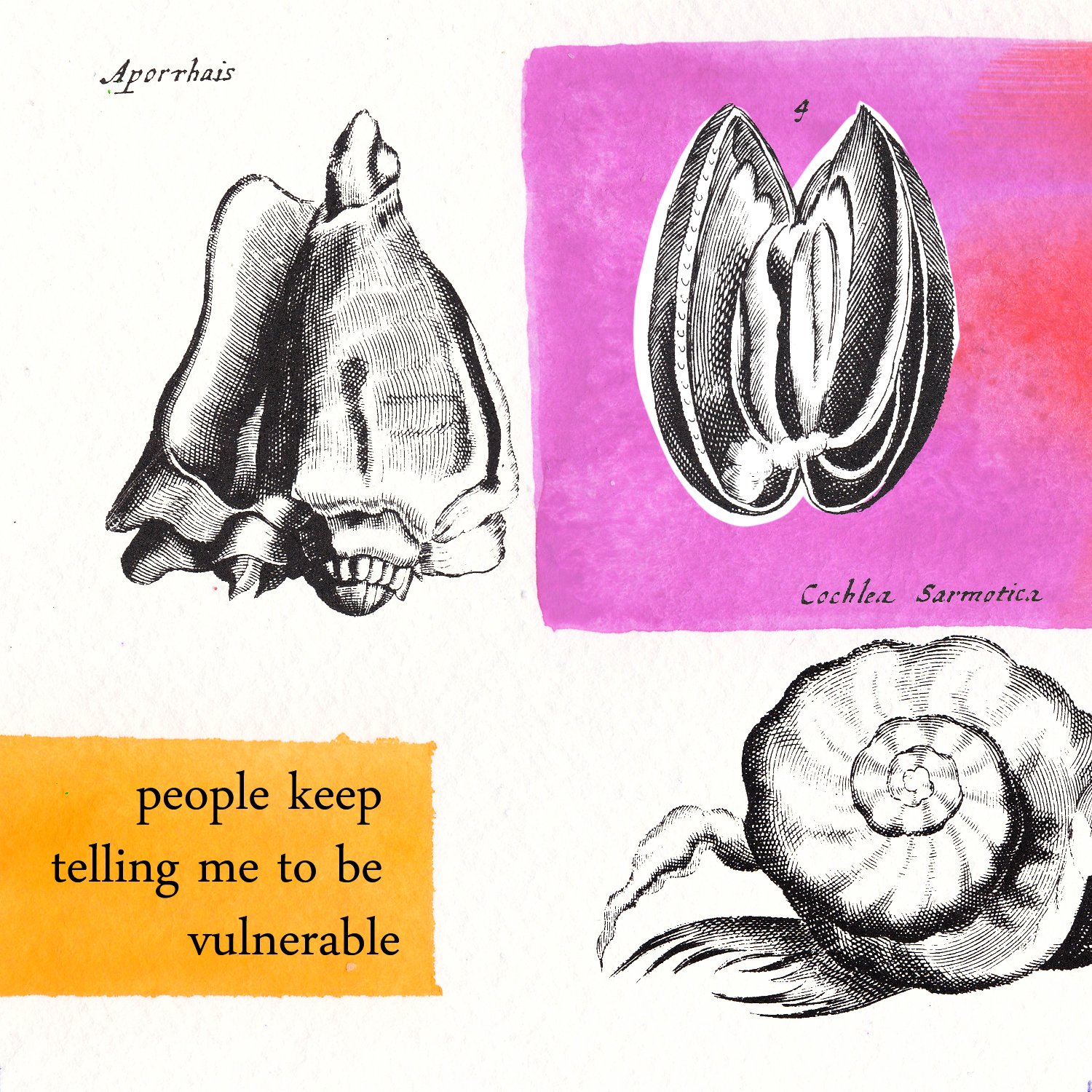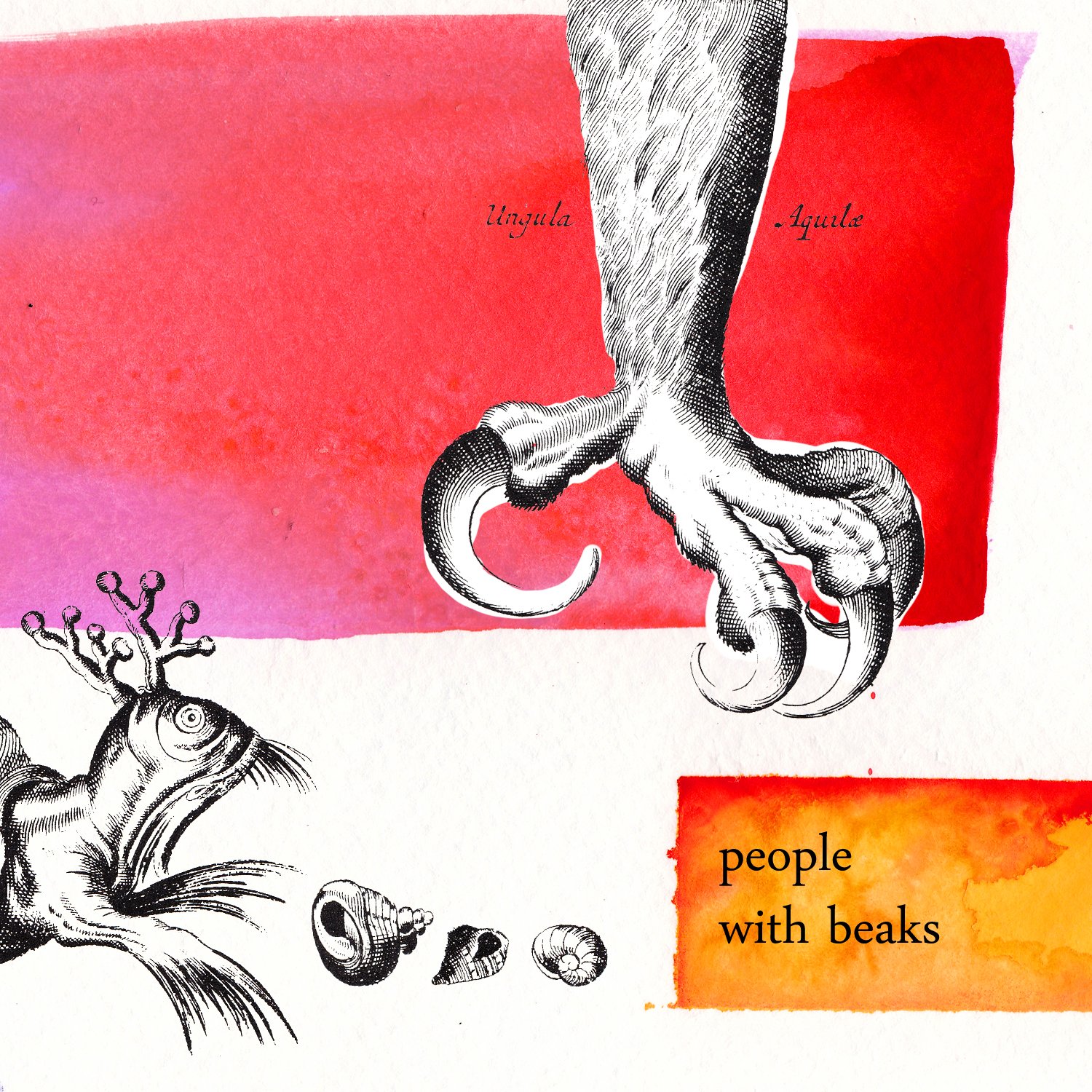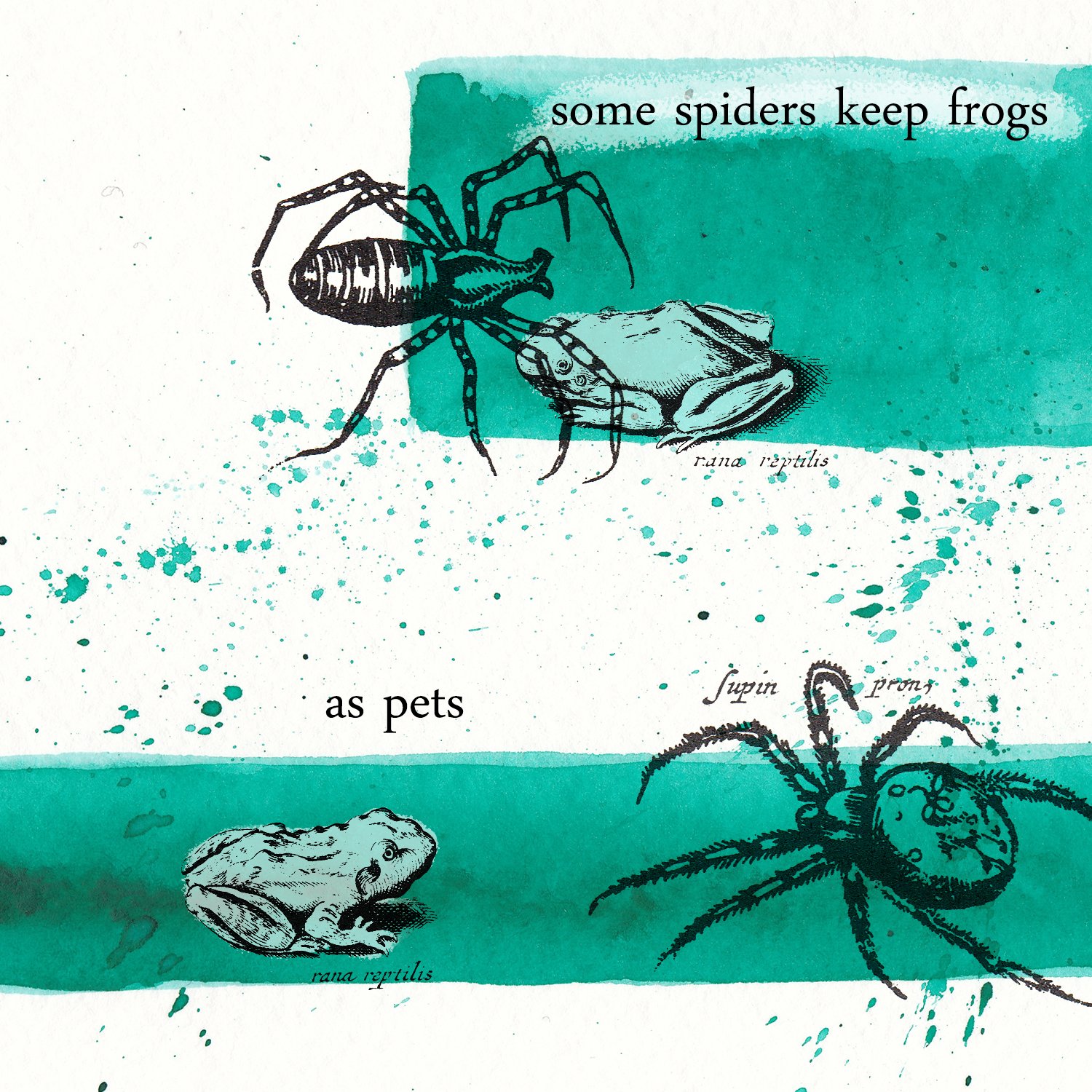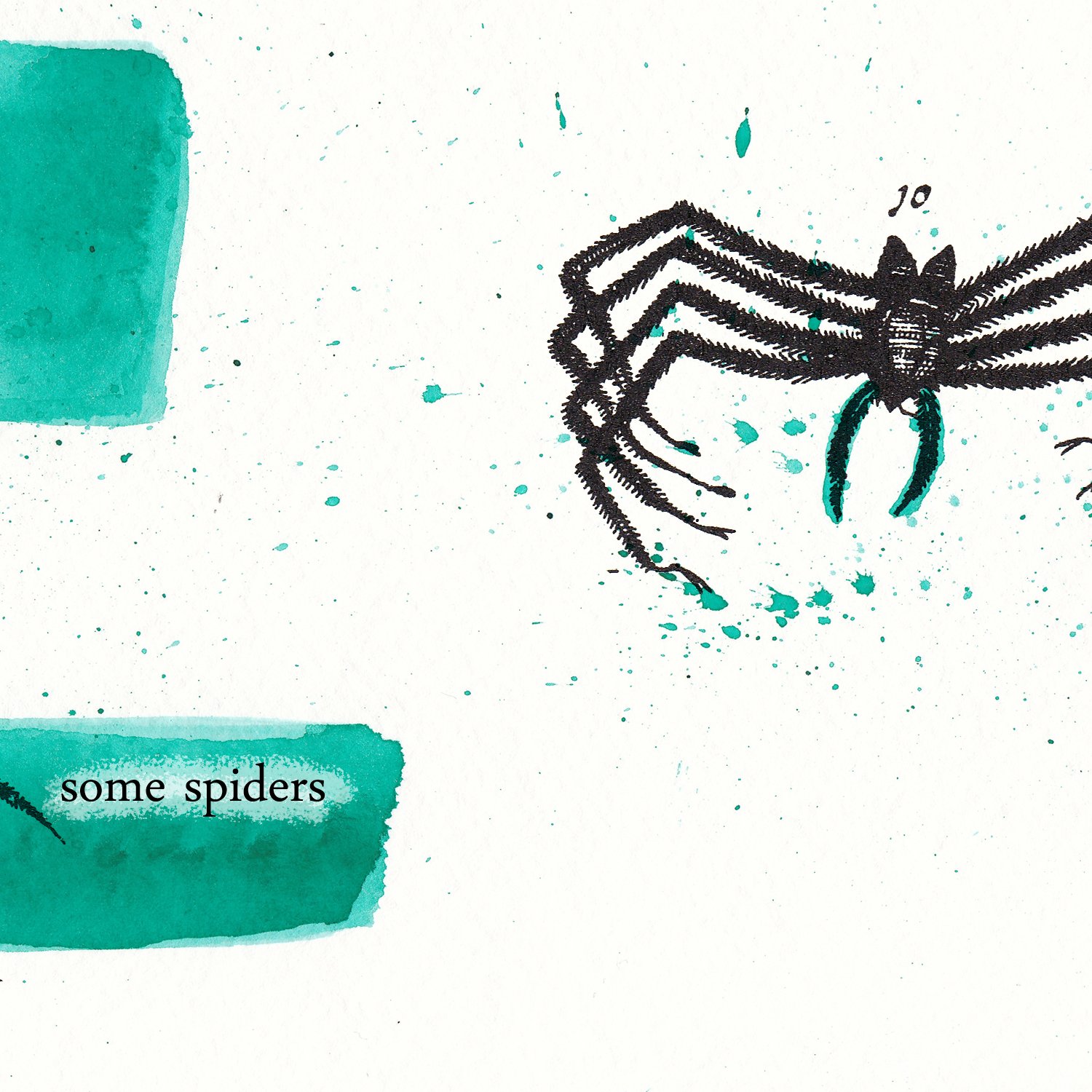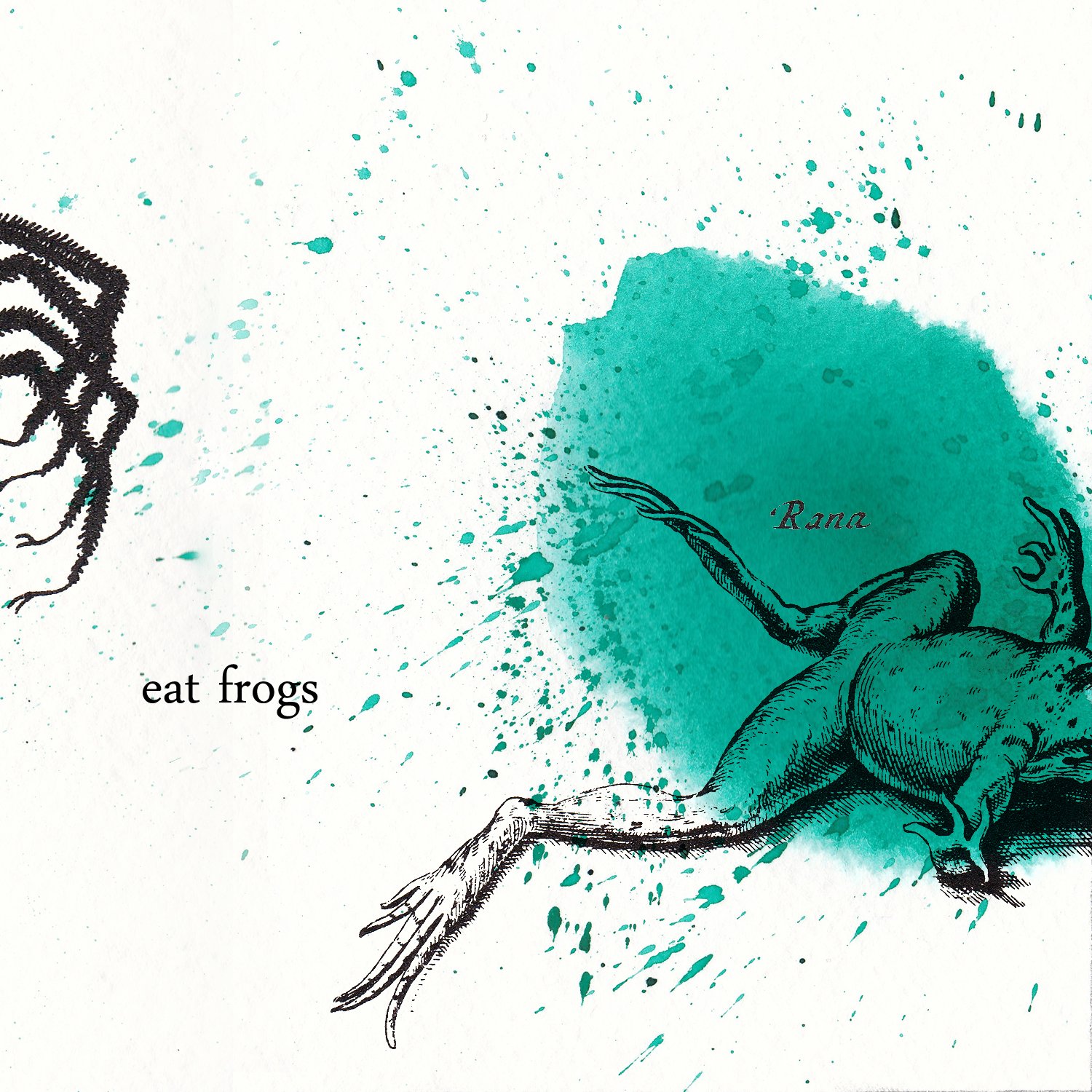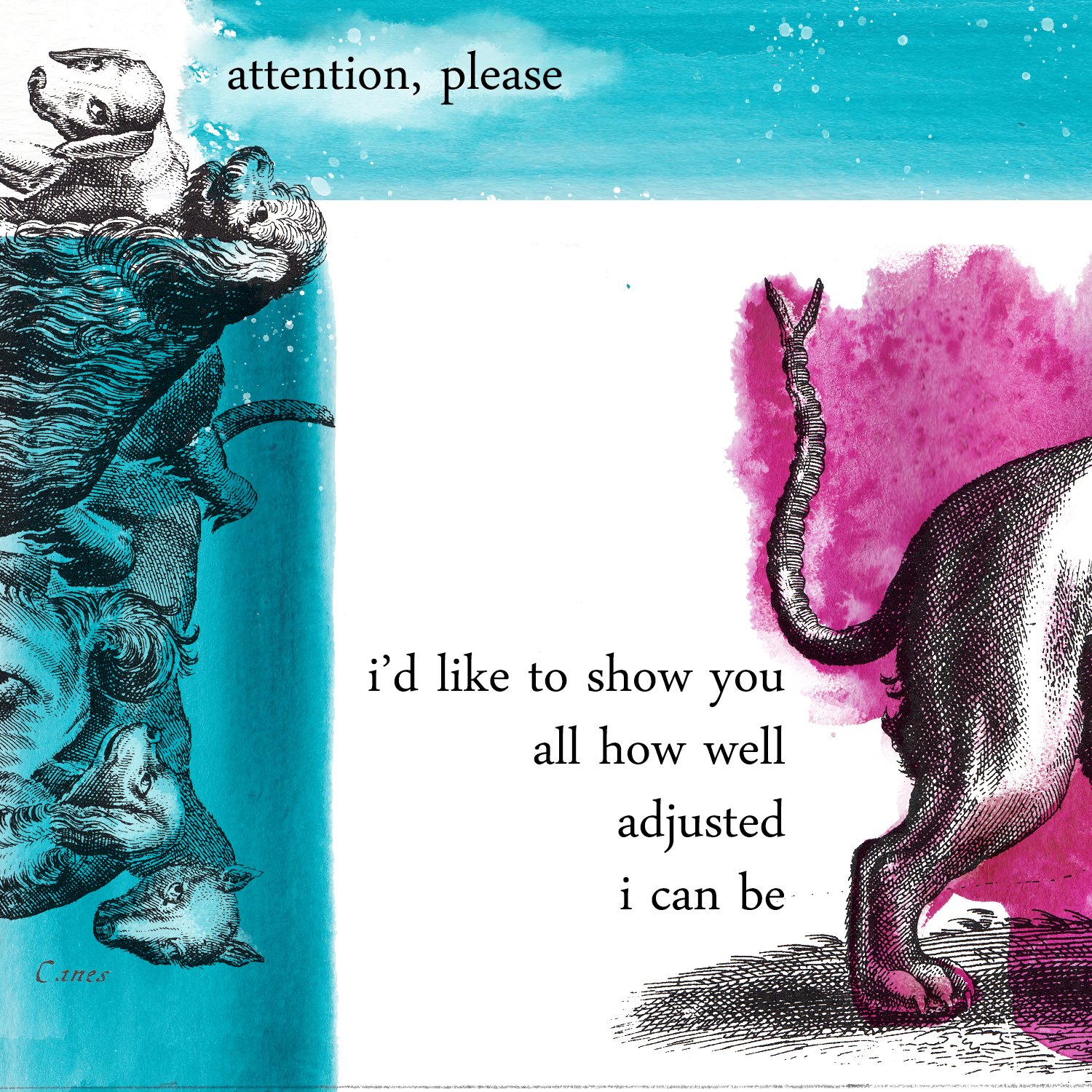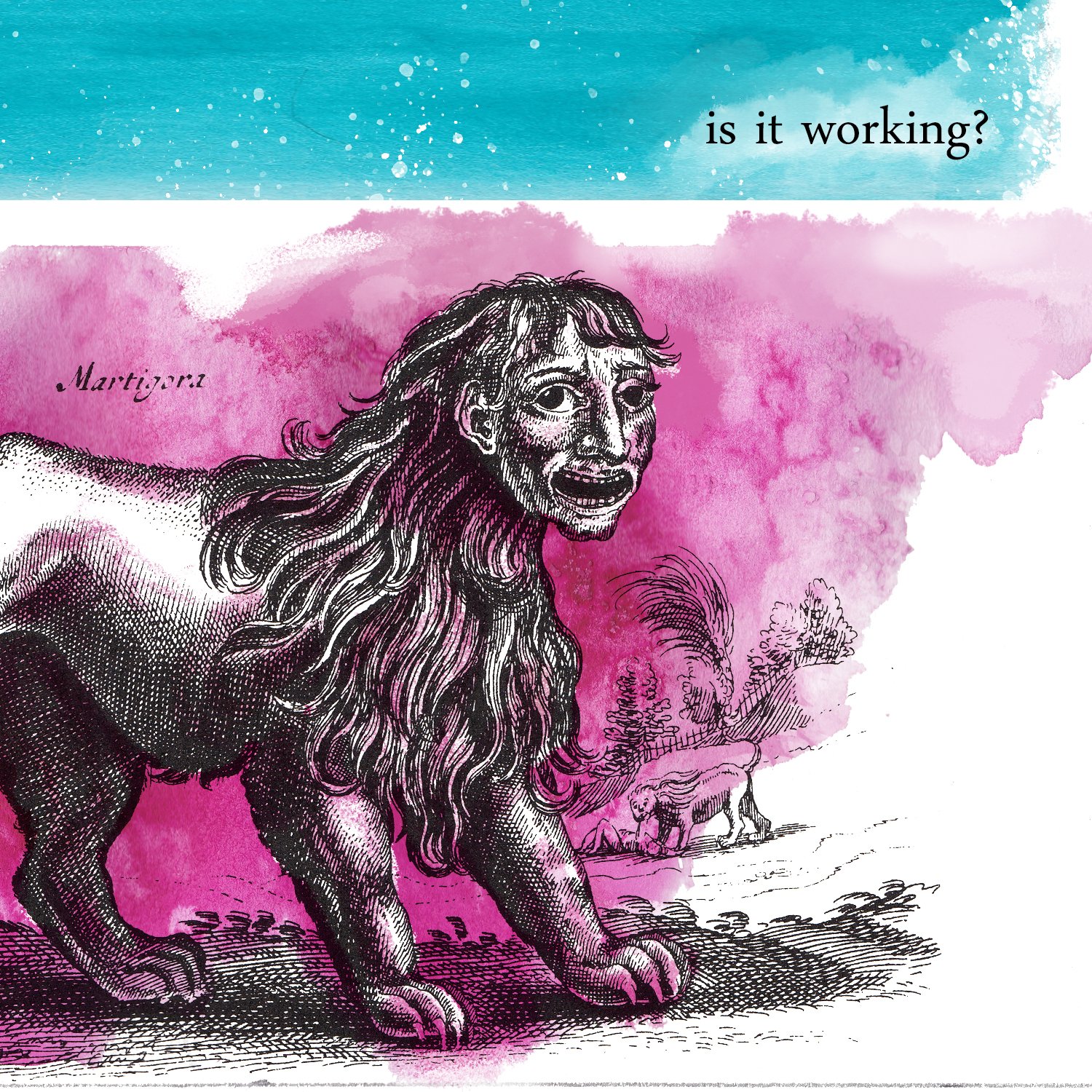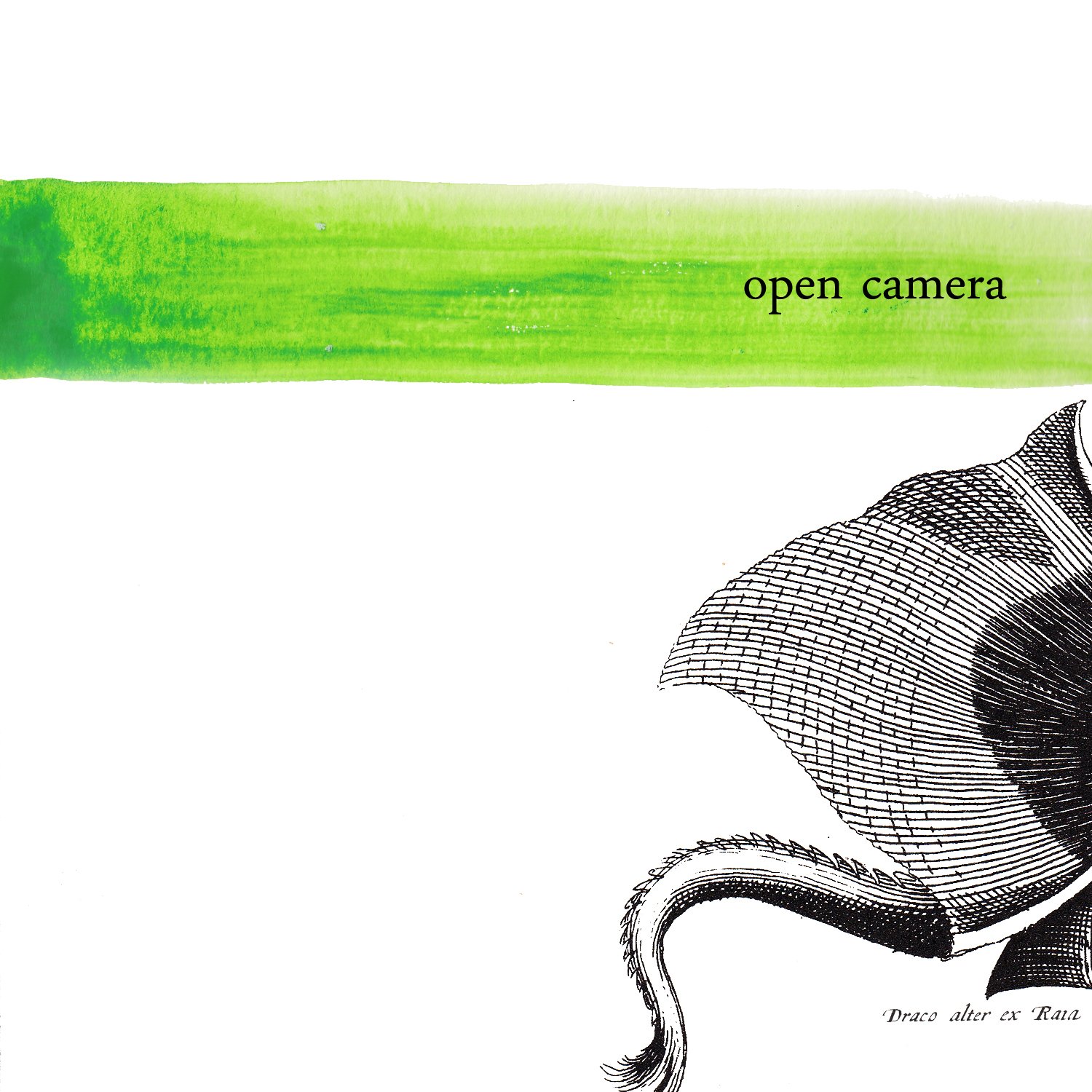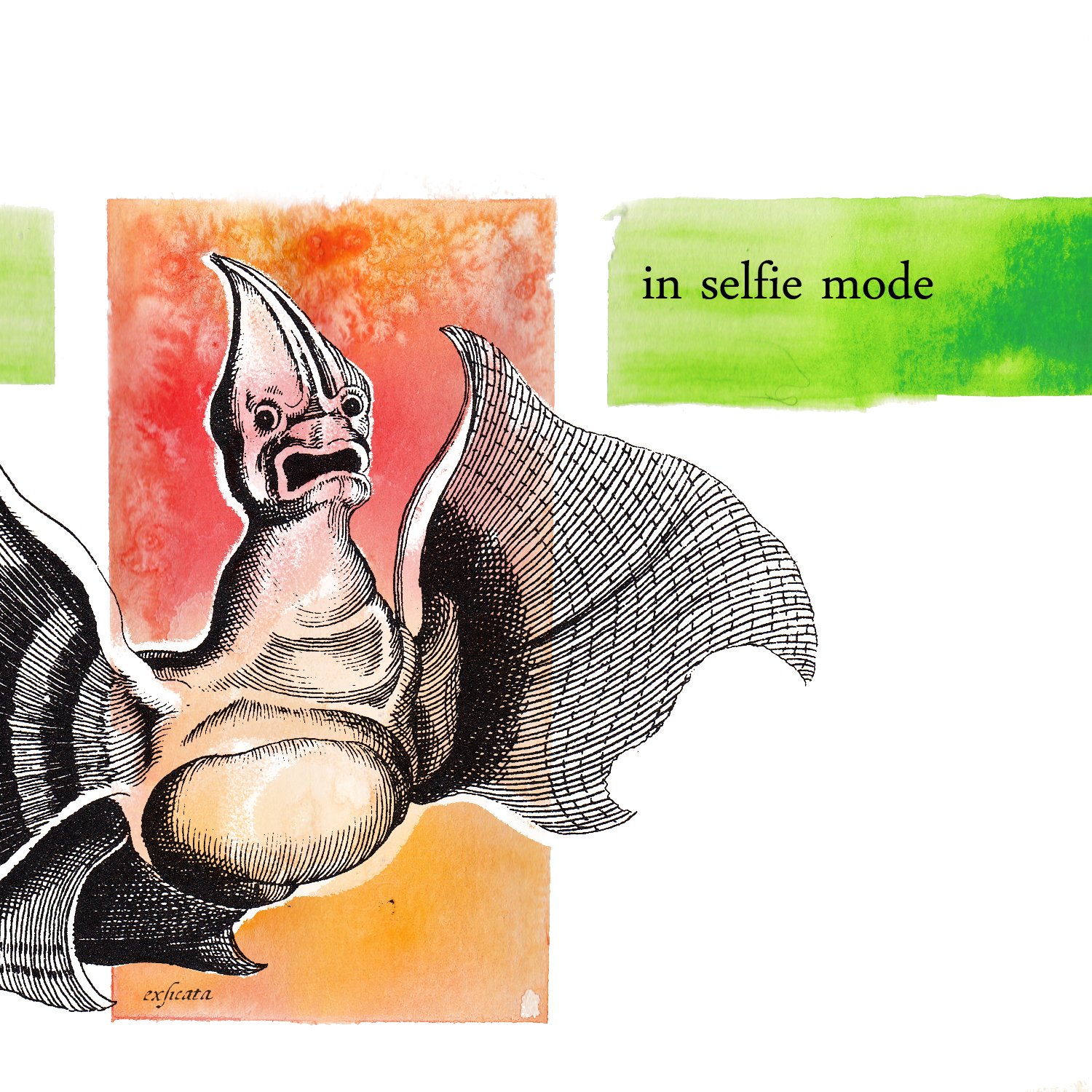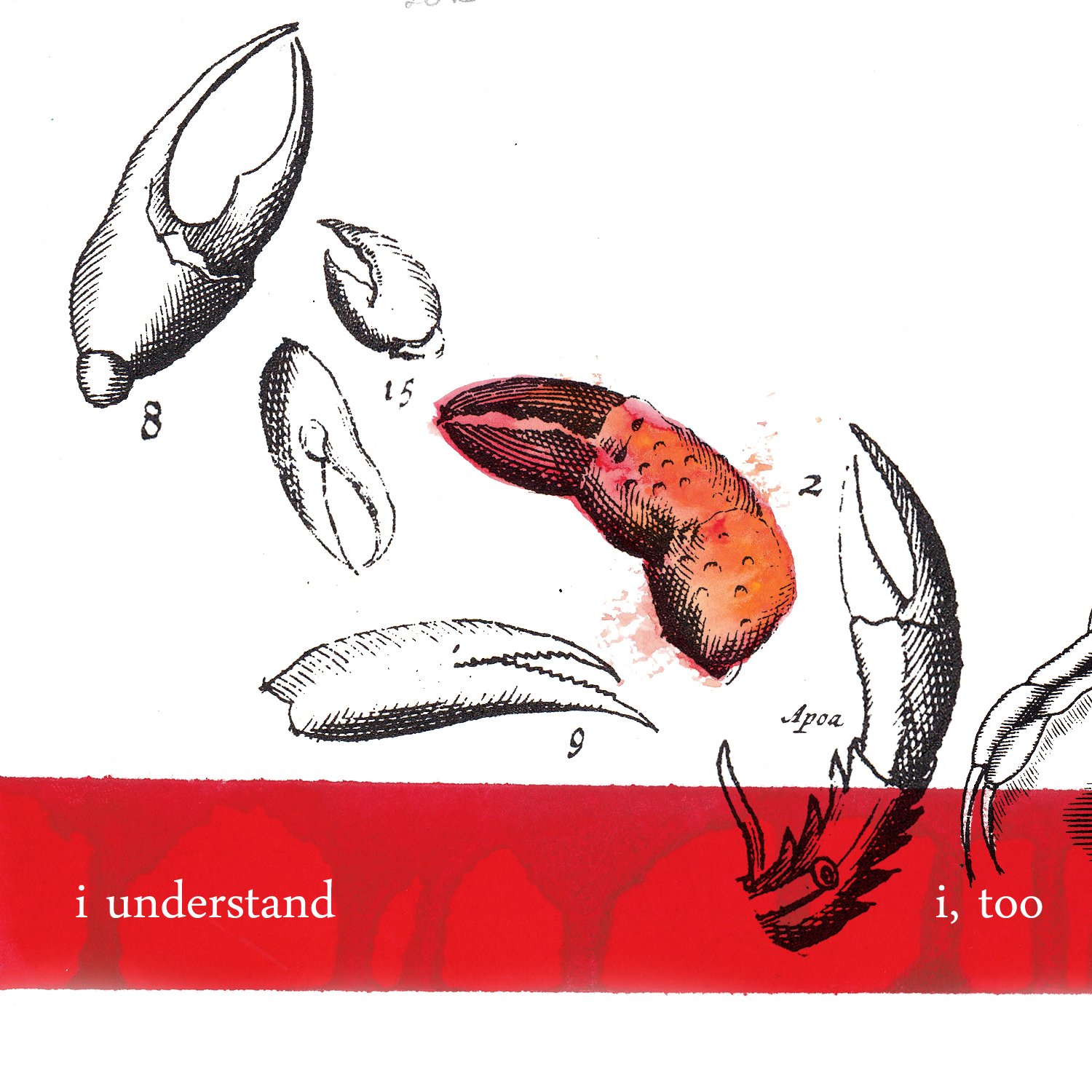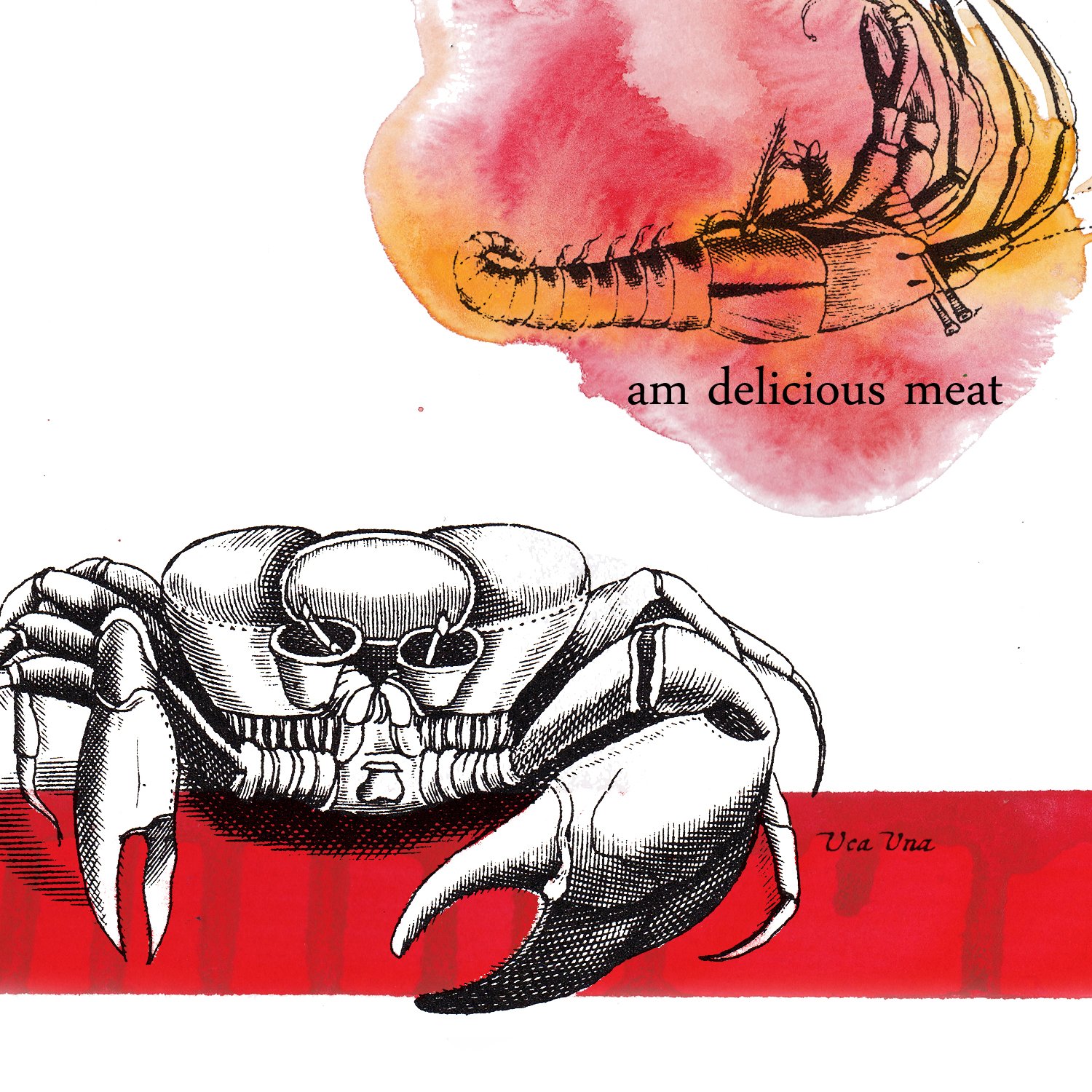Could you speak to your influences—what artists (in any genre or medium) have made the most impact on your work, and how?
Hope you’re ready for a long, chaotic list of things.
Art
You know those weird little guys in illuminated medieval manuscripts? The musicians who fart into horns and serpentine creatures that are all tongue? That, and old-timey botanical illustrations.
I feel inspired by surrealist artists such as Leonora Carrington and Salvador Dali. As far as contemporary artists go, I like art so detailed I can stare at it for a while—John Dyer Baizley and Lauren Marx come to mind. Emily Carroll is my favorite comics creator. I spent hours as a teen following Stephanie Pui-Mun Law’s watercolor guides too.
Writers
Some of my favorites are Carmen Maria Machado, Sofia Samatar, Shirley Jackson, Jorge Luis Borges, Italo Calvino, Anne Carson, Catherynne Valente, and Angela Carter. I think what draws me to them is the absolute commitment to weirdness, not only in the subject matter but right down to the form and sentence level. I admire the creative risks these writers take—they aren’t afraid to leave the reader with questions and doubts in the telling. Those unspoken endings make me think about their work long after I’ve finished reading it.
I do read a lot of nonfiction too—mostly by biologists. Carl Safina’s Becoming Wild made me glad to live on this little blue rock alongside so many incredible creatures.
Whenever I need inspiration, I check out Ovid’s Metamorphoses, like a normal person.
Film & TV
I’m a proud member of the “seen-every-tv-show-in-existence” club (current fave: Our Flag Means Death). As a child, I was very into musicals and performances like Pirates of Penzance, Lord of the Dance, and Phantom of the Opera. I’m drawn to high drama and greater-than-life characters. I think that’s where my love of high saturation and contrast comes from.
I’m starting to get really into horror films (I’m not scared anymore because the real world is much scarier!). I love Alex Garland’s lush, maximalist Annihilation and Under the Skin’s quiet dread.
Etc
When I’m writing or making art, I listen on repeat to Austra, Aurora, Woodkid, Wardruna, and The Knife. My favorite song is Austra’s “The Beast,” a keening of transformation.
I play a lot of videogames. Big influences are Stardew Valley and Hades.
You are also a writer (please read an amazing Jordan story here). Do you see a relationship between your visual art and your fiction? Are there aspects of your style that cross mediums?
In a word: maximalism. I always write too much (I submit this interview as evidence). I use too many big words and unnecessarily complicate things. The same is true in my art. Do you know I drew every single cell on a dragonfly wing? Why did I do that? You can’t even tell the difference.
A few years ago, an idea of “invisible language” was going around the genre scene. The idea that certain types of language are invisible to readers, while others are intentionally obtuse, makes me mad (and has always seemed a bit classist to me). Language cannot be invisible. It can be tailored to a certain reading level, it can be simplified, or can be accessible for a certain audience, but words are always intentional.
My art and writing style swing in the opposite direction. The details take 60+ hours, the language can overfill the page. I often feel like I need to say more or paint more in order to get my full point across.
Your Instagram handle is Carapace Illustration, and you describe yourself in your bio there as “an ecology artist and vibrant horror enthusiast.” We love a good carapace, and the beauty of the natural world is alive in your work. How do you see yourself as an ecology artist, and how do you define vibrant horror?
From 2018 to 2022, I worked at an educational farm. There, the passions of my child-self (bugs, drawing pictures of flowers) were reinvigorated. As I learned through drawing and writing, I also was able to pass that education on in different forms. Though I don’t find it to be the most important part of my work, I do include kernels of ecological truth. “Two of Disappearing Places” is about rattlesnakes, a frequent enough danger where I grew up in southern California that we learned their seasons to avoid an encounter. The two-headed snake is wrapped around two kinds of sage that I saw growing up. The snakes protect their territory from urban sprawl.
In my work, I hope that the audience will see beauty, step closer, and realize that actually there is something horrible afoot. That is what vibrant/saturated horror is for me. Because the natural world is gory. It’s just a fact. It’s grotesque as it is glorious, as horrifying as it is essential. My work is about that duality: the repulsion of life’s ugliest parts and the draw toward its hope and magic.
This issue is about anger, especially the cold kind. What role do you think anger plays in your work? Few things make us as angry as climate change, for instance, which perhaps fits in with the themes of ecological horror at play in your art.
It's funny, I’ve never thought of anger as a very productive emotion the way that some people do.
While I was working on my thesis in grad school, I was thinking a lot about Medusa and other dead girls who got the short end in mythology. Eve. Women for whom the grief was so great they turned into trees. Iphegenia. The rage she must have felt, knowing her father’s commitment to violence meant more than her life.
That is the kind of rage I feel about climate change. Human-fueled climate change is completely preventable, but we have all decided that money and power is more important than entire species, more important than literal food. Aurora sings, “You cannot eat money,” and I sing that song with my whole chest. Austra sings, “The physical world is the only world. If you kill the ground you walk on, nobody will take you anywhere.” My work is about offering up an appreciation and acknowledgement that humans’ survival is intimately linked with our habitat. As much as we want to try, we cannot separate ourselves from it.
But you know what? There’s lots of other stuff that makes me angry. This world is deeply unjust. I am angry that my tax dollars are currently feeding genocide. I’m angry that it is unnecessarily difficult to get basic healthcare. I’m angry that people who are supposed to protect us are allowed to kill anyone they want with impunity. I think about how anger is inconvenient to patriarchy and American capitalism, where you are meant to put your head down, do your work and hope that it pays off in the end.
Sometimes I do get so angry that I think yeah, I’m about ready to rip my skin off and turn into some kind of beast that just fixes the problem without philosophizing about the ethics of rage. I want to be a Medusa and go live in a cave and turn assholes into stone.
Okay, you know what? I changed my mind about anger. Nature’s survival is furious. Rage gets shit done.
Your work often fuses horror and nature. We’re thinking of your moth metamorphosing into a hand, and of your bluebells growing out of a wrist. Medusa metamorphoses living flesh into stone. What role does metamorphosis play in your work?
Metamorphosis is inevitable. I see change (no pun intended) in natural cycles; in brutality and death; in joy and ecstasy. I think that nature provides that blueprint for humanity. I hope that my work inspires people to embrace change, even when uncomfortable (or even gross). Looking away from something uncomfortable doesn’t change it; it only makes us ignorant and enables us to make bad choices.
In case you haven’t got there yet, I’m not just talking about natural cycles. Politically speaking, I believe strongly in embracing change and adapting our systems to different needs than what served (or didn’t serve, but kept status quo for) our ancestors. And of course, as a queer person with mental illness, that’s what the body horror is about for me: feeling weird, not understanding bodies, not conforming to the heteronormative grids in society. But for me, it’s not all horror. I also find beauty in that weirdness, and see myself as just a small part in a much bigger natural cycle.
The subtitle of this issue, “Stone-Cold Bitches,” came from our editors riffing on our favorite things about Medusa; she has a sense of humor. Your art is funny as hell, as in your hilarious carousel image poems. When we discussed asking you to be our featured artist, Sexy Anemone Jesus clinched the deal; that piece made us laugh out loud, especially its Depeche Mode soundtrack. What is the role of humor in your work?
There are few things that bring me as much pleasure as people laughing at my jokes, so this is very gratifying.
Okay, so, in my sketchbook I have a cursed furby with barbie legs—an 80s neon punk named Roadie. Whenever anyone sees it, they beg for a sticker of it. But I have so far resisted the urge—I can’t decide if it’s part of The Brand. This interview made me see my work a little differently.
That being said, I find everything funny. Specifically, the absurdity of existence. Why not a woman with snakes on her head? Why not a sexy anemone jesus? Is it any more absurd than billionaires fighting (or, more accurately, avoiding fighting) in a head-to-head cage match?
One of my teachers once said that laughter is the closest emotion to fear. The way it kicks up without sense. To me, both are true. Things are terrifying and they are hilarious. There can be no humor without memento mori. Things are funny because we are doomed.
Please tell us about the Genesis Project. We’re so glad you gave us some images from this, and we want to know more.
Genesis was my pandemic project. It is a (mostly) silent comic about the way that knowledge transforms us; how we carry it with us; and ultimately how knowledge is a catalyst to widespread change in communities.
Growing up, I was fairly sheltered. Not a lot of knowledge—about politics, about how other people lived and the diversity of thought, about science, about my own body—was available to me. I am still hungry for more of it. Genesis is about the sin of Eve taking knowledge for herself and sharing it with others. Once that knowing enters someone else, it takes a new shape—in a way, much like art is transformed upon consuming it. (Do you feel ~transformed~ yet?)
Are there any projects you are working on right now or would like to take on in the future? Where can we find your work, and how can we support you as an artist?
Oh, I have hundreds of ideas that I’d like to work on. I’m developing a project tentatively titled The Great Bug Convention, a board game about collecting the best bugs. One of my dream projects is to take on a tarot deck. My partner CT Stapleton (a brilliant musician, poet, and storyteller) and I are also developing a post-apocalyptic Arthurian-inspired solarpunk comic.
I’m currently a member at Push/Pull where I teach art classes like Draw Bugs! and Block Printing. (If you’re in the Seattle area, you can see my duo show with Maxx Follis-Goodkind, “Yield,” showing through November 15.) I will start teaching classes online soon.
You can find my website here (just for reading all the way to the end of my long-winded ramblings, use code GRIMOIRE for 10% off at my shop). I’m active on Instagram here and would love to chat with Grimoire readers. And if you’d like to get a sticker in the mail every month or join our discord where we share our art and cat pictures, you can join my Patreon here.

